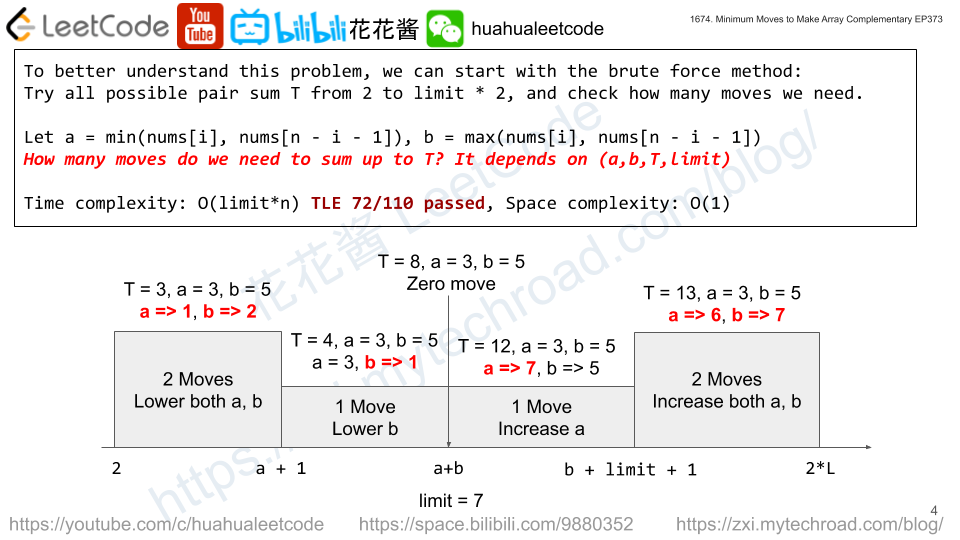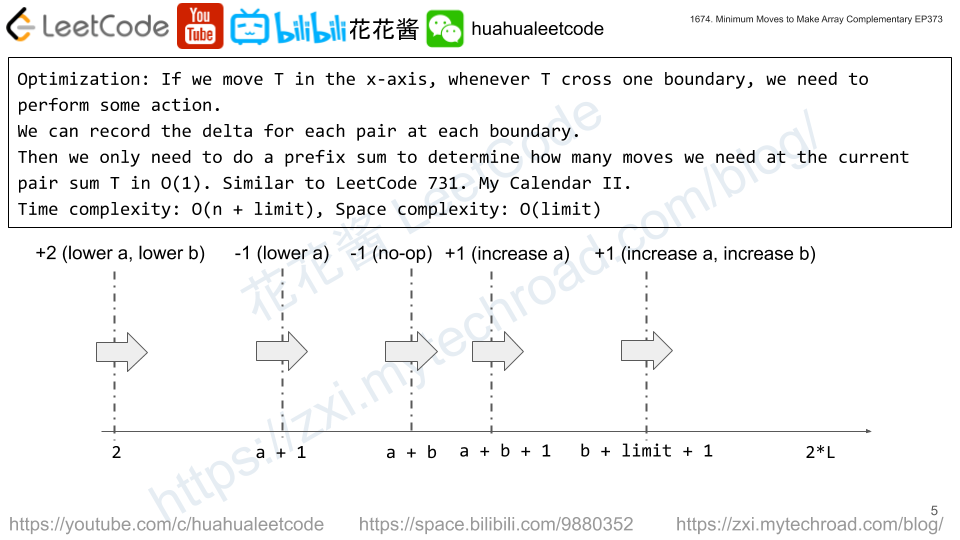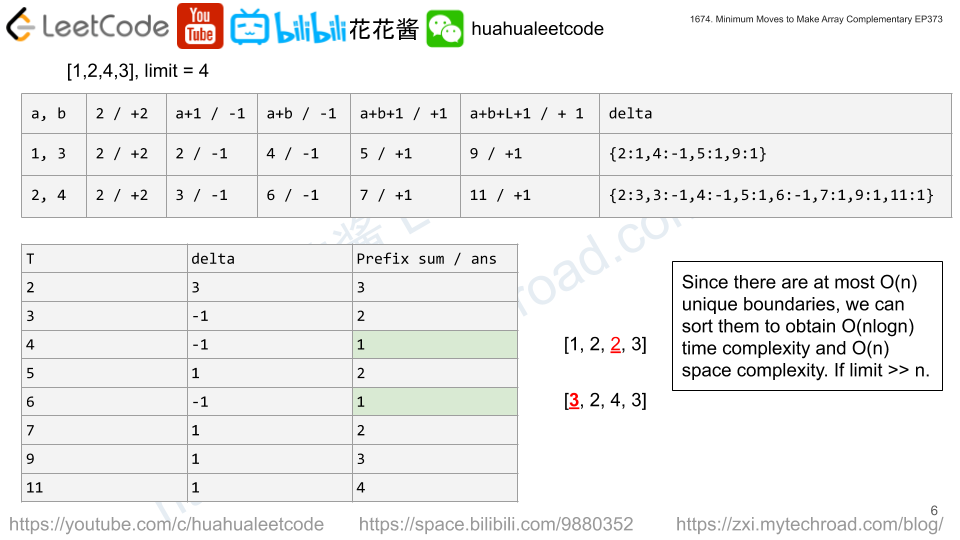You are given a string allowed consisting of distinct characters and an array of strings words. A string is consistent if all characters in the string appear in the string allowed.
Return the number of consistent strings in the array words.
Example 1:
Input: allowed = "ab", words = ["ad","bd","aaab","baa","badab"] Output: 2 Explanation: Strings "aaab" and "baa" are consistent since they only contain characters 'a' and 'b'.
Example 2:
Input: allowed = "abc", words = ["a","b","c","ab","ac","bc","abc"] Output: 7 Explanation: All strings are consistent.
Example 3:
Input: allowed = "cad", words = ["cc","acd","b","ba","bac","bad","ac","d"] Output: 4 Explanation: Strings "cc", "acd", "ac", and "d" are consistent.
Constraints:
1 <= words.length <= 1041 <= allowed.length <=261 <= words[i].length <= 10- The characters in
allowedare distinct. words[i]andallowedcontain only lowercase English letters.
Solution: Hashtable
Time complexity: O(sum(len(word))
Space complexity: O(1)
C++
|
1 2 3 4 5 6 7 8 9 10 11 12 |
// Author: Huahua class Solution { public: int countConsistentStrings(string allowed, vector<string>& words) { vector<int> m(26); for (char c : allowed) m[c - 'a'] = 1; int ans = 0; for (const string& w : words) ans += all_of(begin(w), end(w), [&m](char c) { return m[c - 'a']; }); return ans; } }; |
Python3
|
1 2 3 4 |
# Author: Huahua class Solution: def countConsistentStrings(self, allowed: str, words: List[str]) -> int: return sum(all(c in allowed for c in w) for w in words) |


